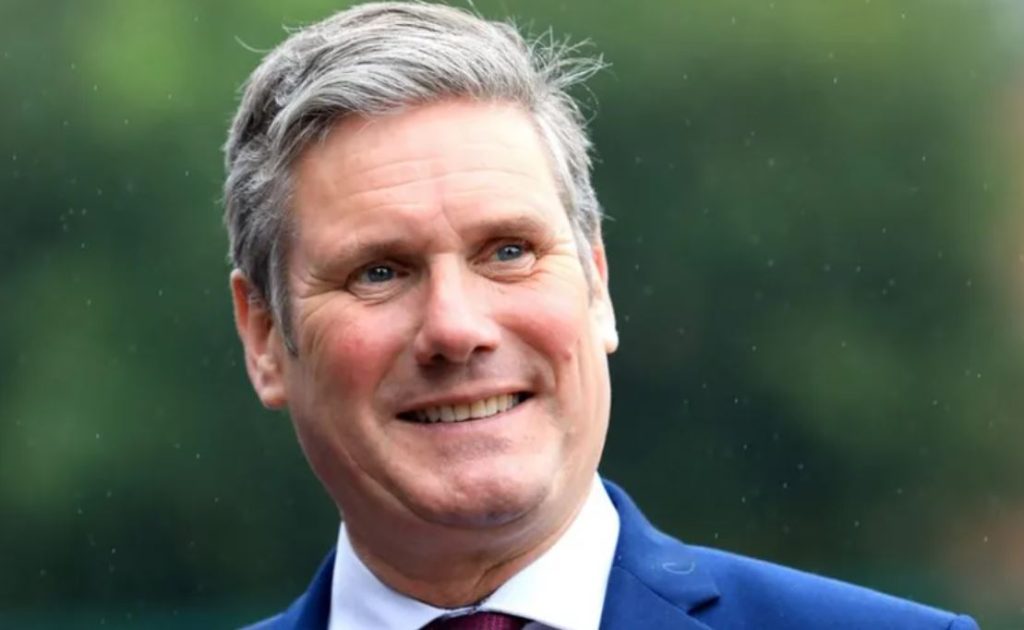
UK Faces Tough Choices Amid Soaring Debt
The United Kingdom’s state debt has reached 100% of its gross domestic product (GDP), according to the Office for National Statistics. This level, last seen in the early 1960s, has prompted warnings of tough decisions on tax and spending from the new government.
Prime Minister Keir Starmer’s Labour party, elected in July, is preparing its maiden budget, set to be announced on October 30. Finance Minister Rachel Reeves has hinted at tax rises and spending cuts to address the £22-billion “black hole” in public finances.
The government has already faced criticism for scrapping a winter fuel-benefit scheme for 10 million pensioners. Starmer defends the move as a necessary “tough choice” to stabilize the economy.
Friday’s data also revealed record August borrowing, excluding pandemic years. Darren Jones, a senior UK Treasury official, emphasized the need for action, citing the £22 billion deficit and 100% debt-to-GDP ratio.
Looking ahead, the Office for Budget Responsibility forecasts UK state debt could nearly triple over 50 years due to an aging population and climate change.
Key Points:
- UK state debt reaches 100% of GDP, a level last seen in the 1960s.
- Government warns of tax rises and spending cuts in upcoming budget.
- £22 billion “black hole” in public finances needs addressing.
- Record August borrowing, excluding pandemic years.
- Long-term forecast predicts debt could nearly triple in 50 years.
The UK’s fiscal challenges highlight the need for careful economic management. As the government navigates these difficulties, Britons can expect significant changes to tax and spending policies.
For more information on the UK’s economic outlook and budget plans, consider searching online for the latest news and analysis.


